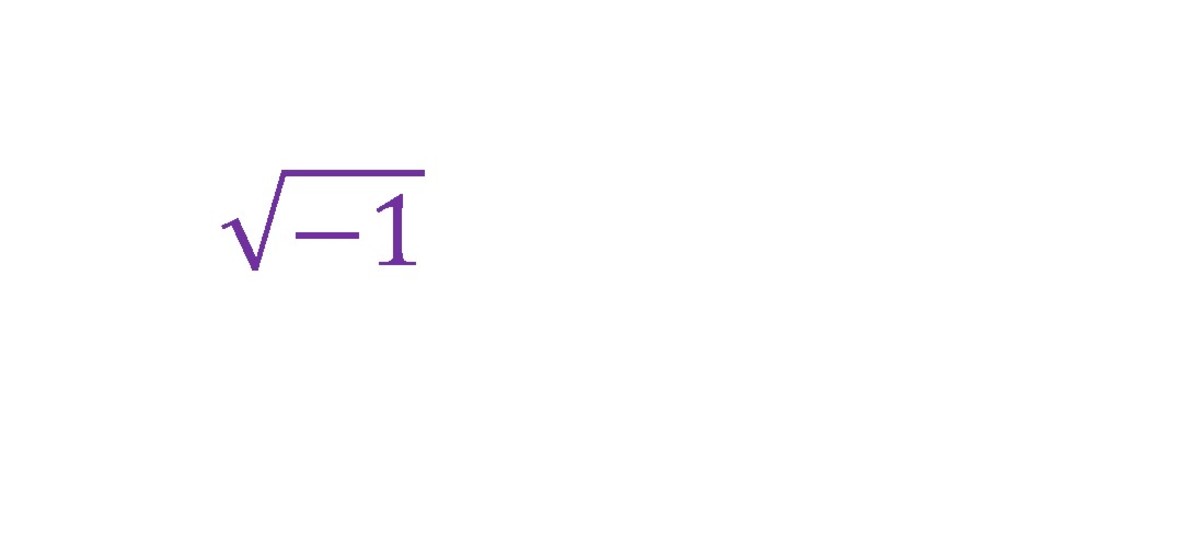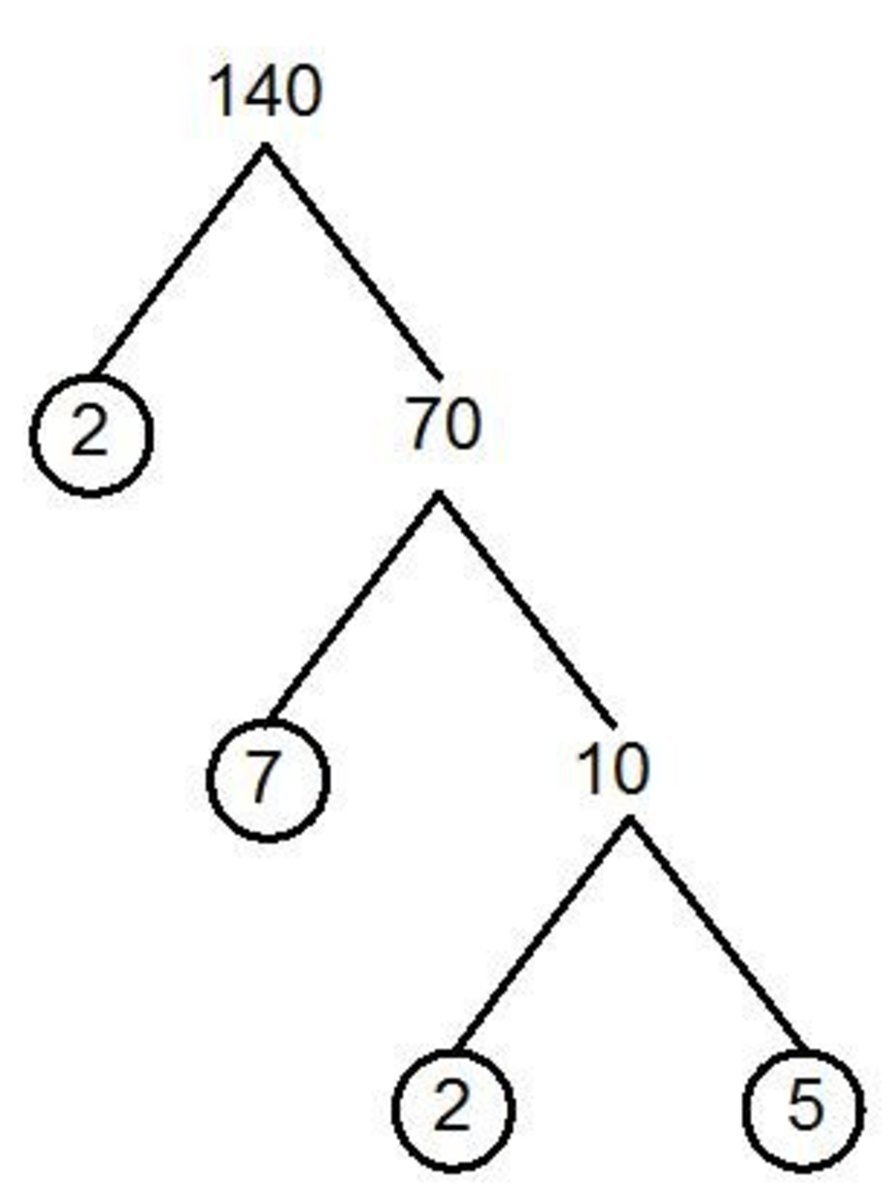More Factoring
If you read my previous hub on factoring you should be able to factor x^2 + 13x + 40. It was demonstrated there that we merely need two numbers that when multiplied equal 40 and when added equal 13. 40 can be factored into 1*40, 2*20, 4*10, and 5*8. 5 and 8 are the pair of numbers that make 13 when added. Therefore (x+5)(x+8) is the answer. Now before you get to feeling too comfortable i should point out that not all trinomials(3 terms as above) consist of exclusively plus signs.
Perhaps we might be faced with something like x^2 - 7x + 12. THE ONLY WAY TO MULTIPLY AND OBTAIN A POSITIVE AND ADD AND OBTAIN A NEGATIVE IS IF BOTH NUMBERS ARE NEGATIVE. This fact is essential in correctly factoring any trinomial with the general appearance of the one just given. The appearance is a negative on the middle term and a positive on the last term. With this in mind we have three ways to factor 12: -1*-12, -2*-6, or -3*-4. Adding -3 and -4 gives the desired result -7. We conclude then that x^2 - 7x +12 = (x-3)(x-4). Another trinomial of this type would be x^2 - 16x + 63. The more examples we do the more likely it is i get the following question: "How do you come up with all the factors so quickly?".
An enormous amount of practice is the answer. But until you get that practice the best approach is to start checking with 2,3,4, etc in ascending order. 1 and 63 are obviously factors of 63. 2 is not because 63 is an odd number. 63/3=21 so 3 and 21 are factors. If a number is not divisible by 2 then it cannot be divisible by 4. Only numbers ending in 5 or 0 are divisible by 5. You see how the progression goes? After checking a few more and remembering both numbers must be negative you will end up with -1*-63, -3*-21, and -7*-9 as the factorizations. The pair that adds up to -16 is -7 and -9. Our trinomial factors into (x-7)(x-9). If you want a couple to practice then try 1) x^2 - 21x + 110 and 2) x^2 - 14x + 24. Just message me if you want to check your answers.






